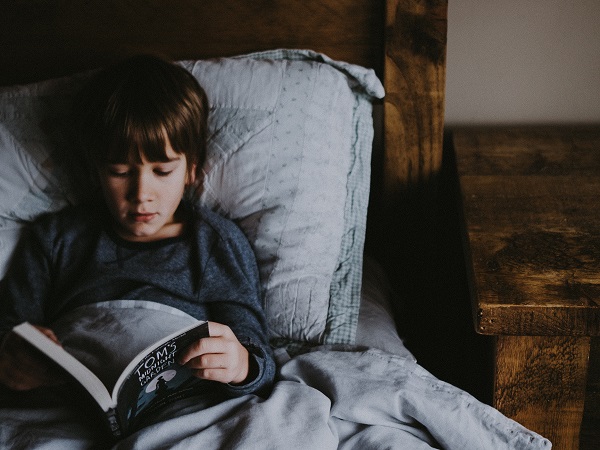
Common Sense Media: 10 reasons you should read aloud to big kids, too
Photo by Annie Spratt @anniespratt, via Unsplash
Every parent knows that it’s good to read to kids when they’re little. It helps babies, toddlers, and preschoolers develop spoken language, recognize letters and words, and get ready for kindergarten. But it’s actually beneficial to read to kids even after they can read on their own. Research shows that continued reading aloud after age 5 (and well beyond) improves reading and listening skills and academic performance (and is also loads of fun!).
Find suggestions for great family-tested reads on our list Amazing Read-Aloud Books for Older Kids. And for even more ideas, see our lists Read-Aloud Books and 50 Books All Kids Should Read Before They’re 12.
Here are 10 key reasons to keep reading aloud to older kids:
It builds vocabulary. Kids who are read to encounter more words — and learn how to recognize and pronounce them — than they would by just being spoken to. And studies show that having a large vocabulary can help kids perform better in school.
It improves comprehension. When kids are engaged and invested in the story, they understand it more thoroughly. You can check-in as you go to see whether your kid understands what’s going on and ask what they think will happen next, what they think of the characters, and so on.
It’s wonderful for bonding. Positive experiences and warm memories of hearing stories from a loved one can inspire a lifelong love of reading. Award-winning novelist T.C. Boyle told a crowd at the 2017 Los Angeles Times Festival of Books that he learned to read not in school but from his mom reading to him — and that when he reads now, he still hears her voice in his head.
It provides positive modeling. Kids learn through observation and modeling. Reading aloud lets them hear what language sounds like. You can also model how to analyze a story as you read and how to figure out the meaning of a word using context clues.
It improves listening skills. Reading aloud nurtures an appreciation of rich language and helps train kids’ ears for understanding instruction in school. According to educator Jim Trelease, author of The Read-Aloud Handbook, “A child’s reading level doesn’t catch up to his listening level until eighth grade.”
It’s a way to discover the classics. Kids may be put off by the challenging language of Shakespeare or the old-fashioned settings of Jane Austen in school, but in a cozy setting at home, you can help the text come alive as you take on different characters’ voices and fill in historical context.
It helps with discussing difficult issues. Kids may tune out if you lecture them about what to do and what not to do. But if you read a story that shows characters grappling with serious conflicts and the consequences of their actions — or facing bullying, racism, religious or ethnic bias, or gender discrimination — it’s a way into talking about complex, topical matters.
It’s a way to Introduce different genres. Reading aloud lets parents introduce kids to different types of books and stories, helping kids learn which kinds they’d like to choose for themselves. Reading a variety of material boosts all kinds of learning. Try poetry, satire, manga, and autobiographies.
It’s a portal into your kids’ interests. Reading books on subjects or in genres kids love (sci-fi, fantasy, mysteries, thrillers, graphic novels, Norse mythology, Minecraft, whatever!) gives you something to share and discuss, while also putting you on a level playing field — rather than you always being the teacher who knows more than they do.
It sparks curiosity and a thirst for learning. Nonfiction books make great read-alouds, too. For older kids and teens, try books or articles by journalists covering current or recent events and world issues. And there are lots of popular histories that are so engaging they read like nail-biting fiction.